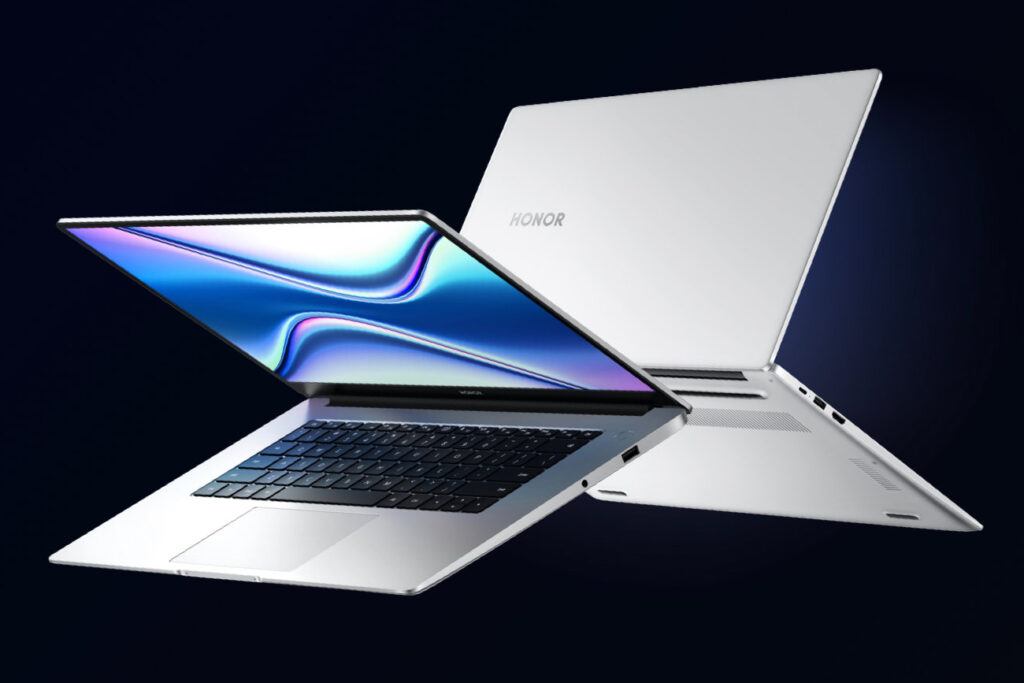Conveyor belts are indispensable in modern industrial processes, facilitating the efficient movement of materials across various stages of production. Understanding their operation and diagnosing potential failures is crucial for maintaining smooth workflow and preventing costly downtimes.
How do conveyor belts work?
Conveyor belts operate on the principle of continuous movement, designed to transport materials from one point to another seamlessly. They consist of a looped system of pulleys and belts driven by motors, enabling them to handle diverse loads and speeds depending on the application.
Common Conveyor Belt Failures
- Belt Misalignment: One of the most frequent issues is belt misalignment, where the belt deviates from its intended path. This can result from improper installation, worn components, or uneven loading. Misalignment not only reduces efficiency but also increases wear and tear on the belt and associated equipment.
- Material Spillage: Improper loading or excess material on the conveyor can lead to spillage. This not only poses safety hazards but also increases maintenance efforts as spilled material can damage the belt and cause roller malfunctions.
- Belt Slippage: Inadequate tension, excessive loads, or worn pulleys can cause the belt to slip. This reduces throughput and can lead to overheating of the motor due to increased friction.
- Jamming of Rollers: Foreign objects or material buildup can jam rollers, halting the conveyor’s operation. Regular cleaning and inspection are essential to prevent such issues.
- Tearing and Damage: Overloading, sharp materials, or mechanical failures can cause tears or cuts in the belt. Prompt identification and repair are necessary to prevent further damage and ensure operational safety.
Diagnosing and Troubleshooting
- Visual Inspection: Regular visual inspections help in identifying issues such as misalignment, wear patterns, or material buildup. Visual cues often indicate underlying problems that need immediate attention.
- Belt Tension Checks: Proper tensioning ensures optimal performance and reduces the risk of slippage. Checking tension regularly and adjusting as needed can prevent many operational disruptions.
- Monitoring Equipment: Utilizing sensors and monitoring systems can provide real-time data on belt speed, temperature, and vibration levels. This proactive approach helps in detecting anomalies before they escalate into failures.
- Maintenance Records: Keeping detailed maintenance records aids in tracking performance trends and scheduling preventive maintenance tasks. This proactive approach minimizes unexpected downtime and extends equipment life.
Conclusion
Conveyor belts are integral to modern industrial operations, and understanding how conveyor belts work, their function, and potential failures is crucial for ensuring efficient production processes. By implementing regular inspections, proper maintenance practices, and leveraging advanced monitoring technologies, businesses can mitigate risks, enhance reliability, and optimize the lifespan of conveyor systems.







